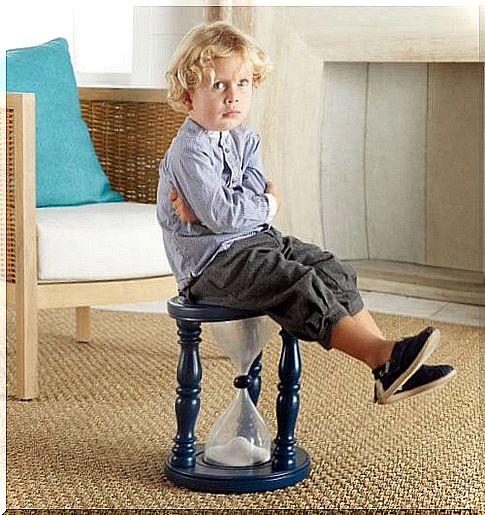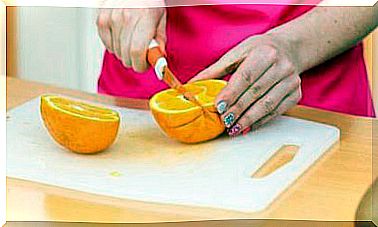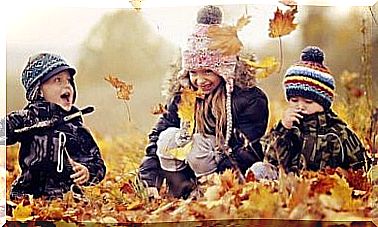Is It A Good Idea To Use The “break” With Children?

The “break” is a strategy that comes from the English “time out” and which was often put into practice by leaving children who had misbehaved in an isolated place, alone. Until recently it was a technique that was often used in schools and even at home.
The pause applied incorrectly
If a teacher had a pupil with inappropriate behavior in the classroom, the easiest thing to do was to leave him in the corridor alone so that he would not take the lesson (and not even interrupt it) or send him to a classroom with other younger children to hear a little bit of shame. It was a widely used technique and it was useless, if not to regain the balance of the class … But the pupil still did not know what was wrong with him and felt that this was an imposed punishment.
At home it was a bit the same, parents who didn’t know how to handle inappropriate behavior preferred to take the baby out of the room until he calmed down (and they calmed down too). And this is actually not bad, but it could become if you don’t stay with your child in this moment of fear: if you leave him alone it won’t help.
In the incorrectly applied pause, the child feels abandoned and does not understand what he must do to behave better. If the child feels it as a punishment, he will feel worse about himself and it will be difficult for him to manage his behaviors. Only power struggles and worse behavior will break out.

It can be a bad idea
Pause is also known as waiting time, because that’s actually what it’s all about: waiting. And we want you to understand that this kind of strategy can be a bad idea if you don’t stay with your child in the emotional process of understanding the behavior they have had at a certain time. Children need the attention of their parents to understand their behaviors and be able to change them, but it is necessary to wait for the “storm to pass”.
A pause is much better than shouting or hitting a child (which must not be done under any circumstances and is also punishable by law). But if you don’t use the break well, you could worsen children’s behavior.
How can the child’s behavior worsen and why
The child thinks he is bad
If you use the pause without reasoning with the child and without taking their emotions into account, you are likely to think you are a bad child. This will cause him to have low self-esteem and the bad behavior to escalate because they will think it is really what others expect of him.

It doesn’t help him understand his emotions
A pause used incorrectly, without the adult accompanying and guiding the child, will not teach the child to calm down. Nor, much less, will he be able to control and manage his emotions. If you send the child to his room to calm down, he will certainly calm down over time, but he will not be able to learn to improve this behavior on his own next time.
He feels emotionally abandoned
During the pause or waiting time, the child feels emotionally abandoned and perceives that how he feels is not important. It’s like putting the baby aside at the very moment he needs it most. If the child feels this way, he will think he does not deserve the love of others. It’s awful!
Parents don’t understand their child’s perspective
Although it is true that when children are in the midst of a whim you cannot talk to them because they will not hear reasons, in the moment of calm it is necessary to resume what happened in order to understand their position and so that they can understand that of their parents. . If parents don’t try to put their child’s behavior in perspective, the emotional bond can weaken.
Children need to have a bond of trust and communication with their parents, only in this way can they improve their behavior. Otherwise, if the parents abuse the punishment or the break, the inappropriate behavior will continue to exist. Positive discipline will always be the best option in raising children.









